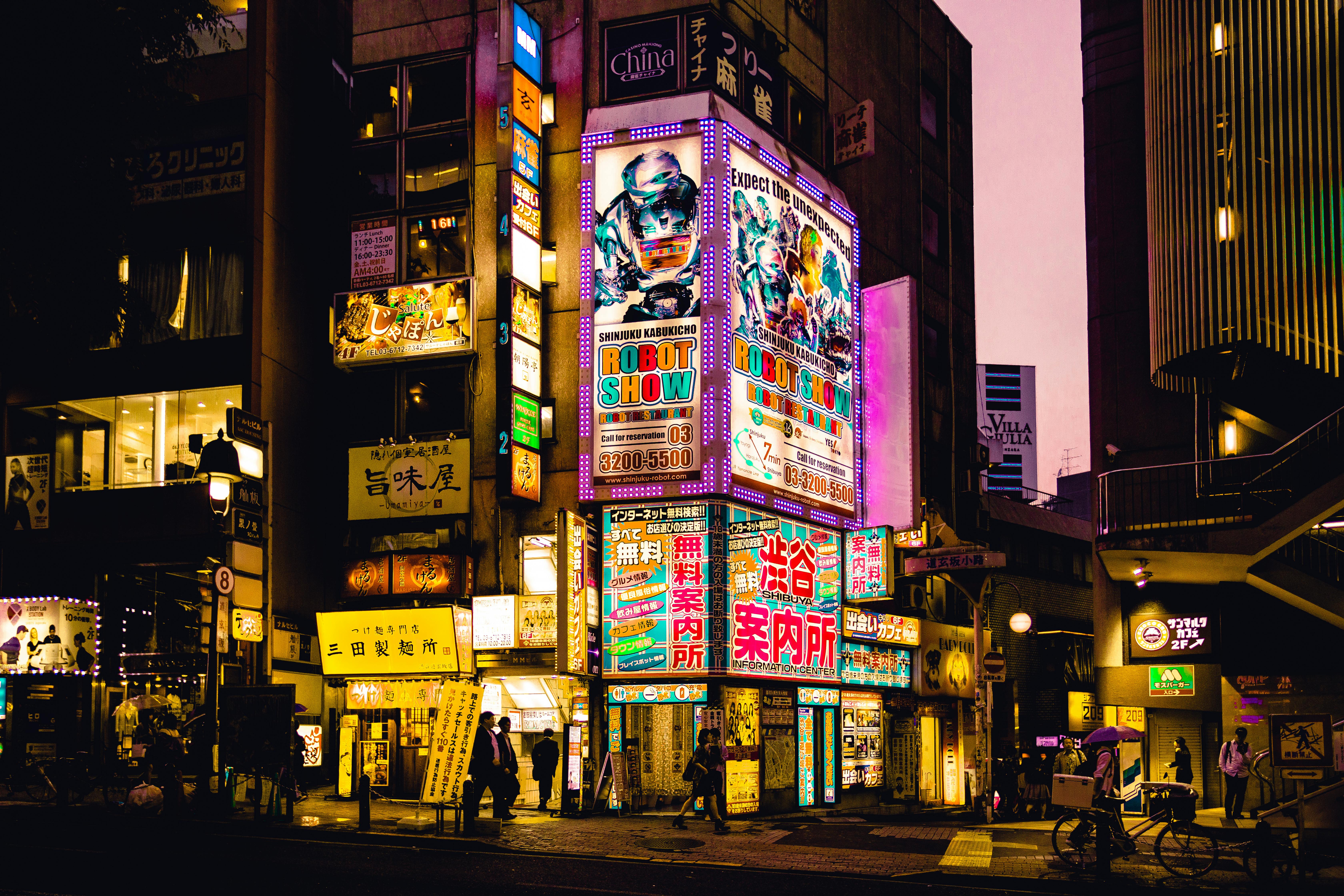Everyone blushes, but for some people their life can be dominated by trying to avoid it. The fear of blushing involuntarily impacts the daily lives of more people than you think. It is a very common feature of social anxiety. It is rarely spoken of by those who fight with it because attention could lead to it. Biologically, it is the result of the activity of the sympathetic nervous system (activates the body’s response to danger). The blood vessels near the skin dilate and the increased blood flow makes the face red. Fear typically redirects blood flow from the skin and extremities to skeletal muscles, but the opposite appears to be true with blushing. Why this happens is not clear.
Everyone blushes, and usually this is the result of embarrassment, surprise, modesty, or embarrassment. However, for some people there is no clear reason for it to happen. This painfully unpredictable disorder is called idiopathic craniofacial erythema (ICE). The phobia of blushing is called erythrophobia. Because facial redness can be quite visible (depending on natural skin coloration), someone with social anxiety may associate blushing with the potential for attention and thus becomes part of their anxiety.
It may be for others that the biological tendency to blush easily comes first and then anxiety follows. When anxiety is associated with blushing, the anxiety activates the sympathetic nervous system and that triggers the blushing and thus a self-reinforcing cycle is formed. This can be debilitating as people avoid any circumstance that could lead to blushing. This is usually social because it’s one of those things that people seem to feel free to comment on: “Wow, your face is so red! Why is your face red?” Research shows that verbal feedback like this increases blushing. Fearing or hoping to blush can be a self-fulfilling prophecy. Anxiety often begins in childhood because children are more likely to comment on it.
Here is a working list of treatment suggestions that I have found in various places.
-
Task Concentration Training (TCT) seems to be the most effective treatment based on the research I found. The theory is that anxiety and blushing cause inward focusing, which increases subjective awareness of feelings, thoughts, and symptoms. This increases the flushing response as well as anxiety. Outwardly focused training (a similar treatment is effective with athletes) has been shown to be the most effective approach even after a year. This article has a good summary of the process although it is a bit technical.
-
Cognitive behavior therapy. More specifically, that would mean examining and revising (cognitive) beliefs about blushing. Furthermore, it would imply behaving differently. Instead of avoiding it, it could mean willingly exposing yourself to a scary situation. Several suggestions I found fall under this treatment:
-
Activate the balancing part of your nervous system (parasympathetic) by relaxing and breathing differently. This has to be practiced to some extent before it is effective.
-
Call attention to it instead of hiding it. This paradox, harsh as it may seem, works with anxiety. Many people with social anxiety mistakenly think that revealing anxiety is worse than hiding it.
-
Accept it instead of resisting it. Accept that by now you are a person who blushes easily and that’s the way it is. You may wish it was different, but it is what it is.
-
Review what you imagine other people are thinking. Collect some data. Ask a few people what they think. What would a friend tell you about it? Explain it to people. Research suggests that people afraid of blushing inflate both the likelihood of it happening and the social cost of blushing. In other words, they think that it is much worse than it is and that others are thinking more critically than they are.
-
Practice the symptom. Try to blush by creating the circumstances. Do that over and over again on purpose. You can do it gradually or all at once. This process is called systematic desensitization or exposure.
-
Rephrase the meaning of blushing. Historical evidence shows that reddening of the cheeks is a sign of beauty and youth, as well as markers of modesty and charm. As an expression of shame or embarrassment that can be very positive depending on the context.
-
-
Some sites suggest hypnosis. I couldn’t find any research support, but there are a number of personal stories or individual cases that showed improvement on the web.
-
Medicine. Some people experience relief with medications that treat anxiety. Usually these are drugs like Celexa, Prozac, Zoloft, and other similar drugs. Medications such as Xanax, Klonopin, and other benzodiazepines are sometimes prescribed. At some point, blood pressure medications such as beta blockers may be effective. Some sites suggest that botox can be helpful. Consult your doctor for more information on this treatment.
-
There is a surgical operation available for severe cases. It’s called an endoscopic thoracic sympathectomy. This is often used to treat severe sweating, but there seem to be cases where it has been effective for flushing.
-
A dermatologist should be consulted if this problem exists to rule out any underlying disorder.
It seems that there has been an increase in research and treatment options in the last 10 years. This is hopeful for those who are struggling with this.
